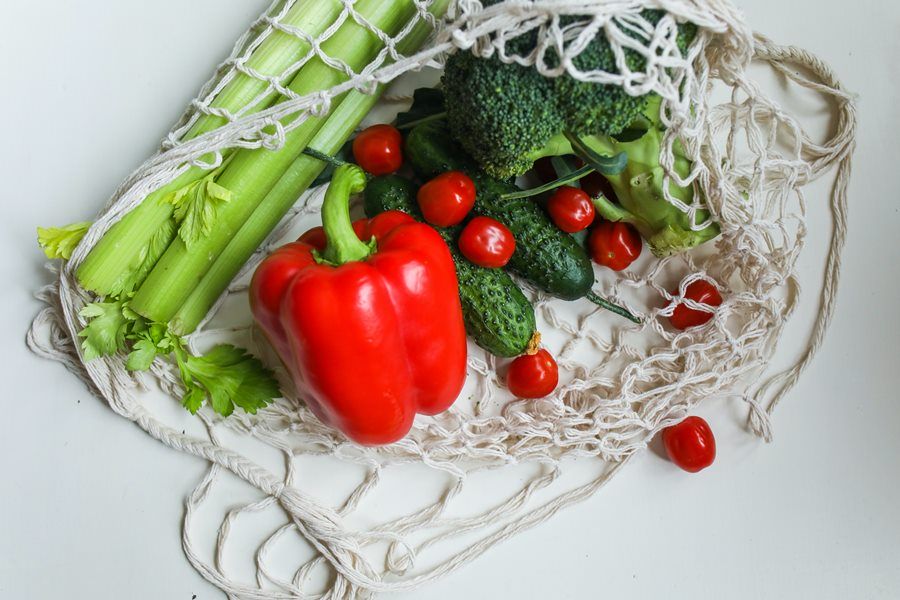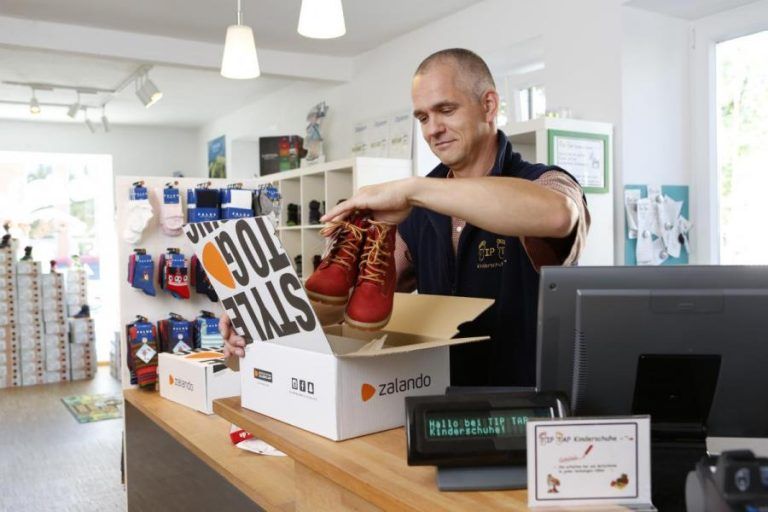PMR: Decline of independent stores, not COVID-19, is no. 1 problem for FMCG wholesalers

Wpis dostępny jest także w języku:
![]() polski
polski
The FMCG wholesale market in Poland will experience sluggish growth in the coming years. According to PMR forecasts, it will increase in value by just 4.8% between 2021 and 2026. The reason is that the sector of small independent grocery stores, traditionally the main customer base for FMCG wholesalers, is in decline. The number of such stores keeps shrinking, and wholesalers who operate symbol groups are finding it ever harder to recruit new franchisees.
Independent stores in decline
Between 2009 and 2019, the number of general grocery stores in Poland decreased by 35,200, data from the Central Statistical Office (GUS) show. That was chiefly down to widespread closures of small independent stores. According to PMR estimates, a whopping 43,700 of them disappeared over this period. It is little consolation for wholesalers that convenience stores – the modern version of small store – are growing in number.
Large-format grocery retail, meanwhile, has been getting ever stronger. This is particularly true of discounters and proximity supermarkets. In 2019, sales in both these segments grew in value by over 9%, i.e. more than double the growth rate of grocery retail as a whole (4.2%). Since they tend to work directly with manufacturers and distributors, there is less demand in grocery retail for wholesale services. A similar pattern can be observed in cosmetics retail, where modern drugstore- and cosmetics store chains and online perfumeries are gaining ground at the expense of traditional independent stores. There is nothing to suggest that these trends will reverse in the coming years.
Opportunities for wholesalers lie in serving HoReCa, a sector that has good long-term prospects in Poland despite its current misery caused by Covid-19 or petrol station stores. FMCG wholesale in Poland remains highly commoditised. Customers find it easy to switch suppliers, and margins are very thin. To counter this, some wholesalers are developing own-brand products to differentiate themselves and offer added value to customers. More could to do so in the coming years.
Limited impact of pandemic
To date, Covid-19 has not had much of a negative impact on the FMCG wholesale sector in Poland. That is because grocery retail, its main customer, has had a relatively good pandemic. Consumer demand for food has been strong, soaring in the first weeks after the outbreak. Indeed, Covid-19 may have positively helped wholesalers, at least in the initial phase, by slowing down the shift of shoppers away from small independent stores. In a survey of about 350 small store owners conducted for Eurocash, fully 70% of respondents stated that sales had risen in the first weeks of the pandemic, with just 17% reporting a decrease and 13% no change.
But Covid-19 may yet hurt the sector, if persisting restrictions on economic and social activity damage GDP growth more severely and push up unemployment, leading to reduced consumer incomes and spending. Further down the line, there could be unfavourable changes in consumer behaviour, such as lower demand for dry and long-lasting food. Obviously, for wholesalers with a strong exposure to HoReCa, 2020 has been a terrible year. We expect HoReCa’s share in the wholesale sector’s revenue to fall sharply this year from the 7% or so in 2019.
Market to contract in 2020
According to our forecasts, the FMCG wholesale market in Poland will be worth just over PLN 178bn (€40bn) in 2020, marking a decline of 1.4% compared with 2019. The decline would be greater but for high food inflation. We expect food prices to increase by as much as 4.8% this year, having risen by 4.9% in 2019.
Several factors have driven up the prices of food, especially unprocessed foods, in 2020. A combination of a drought in 2019 and spring frosts led to a poor fruit harvest, notably of apples. The same unfavourable agricultural and weather conditions led to higher prices of cereals. Along with increased global demand for flour and flour-based products, especially in the early stages of the pandemic, this pushed up the prices of breads and cereal products. Pork prices went up as African swine fever (ASF) hurt global supply. And an excise tax hike led to higher prices of alcoholic drinks and tobacco products.
About autor:
Magdalena Filip
Senior Retail Analyst
A senior analyst with ten years of specialisation in the retail market in Poland and Central and Eastern Europe. Areas of specializations: clothing and footwear retail market, HoReCa market, and children’s products market.








